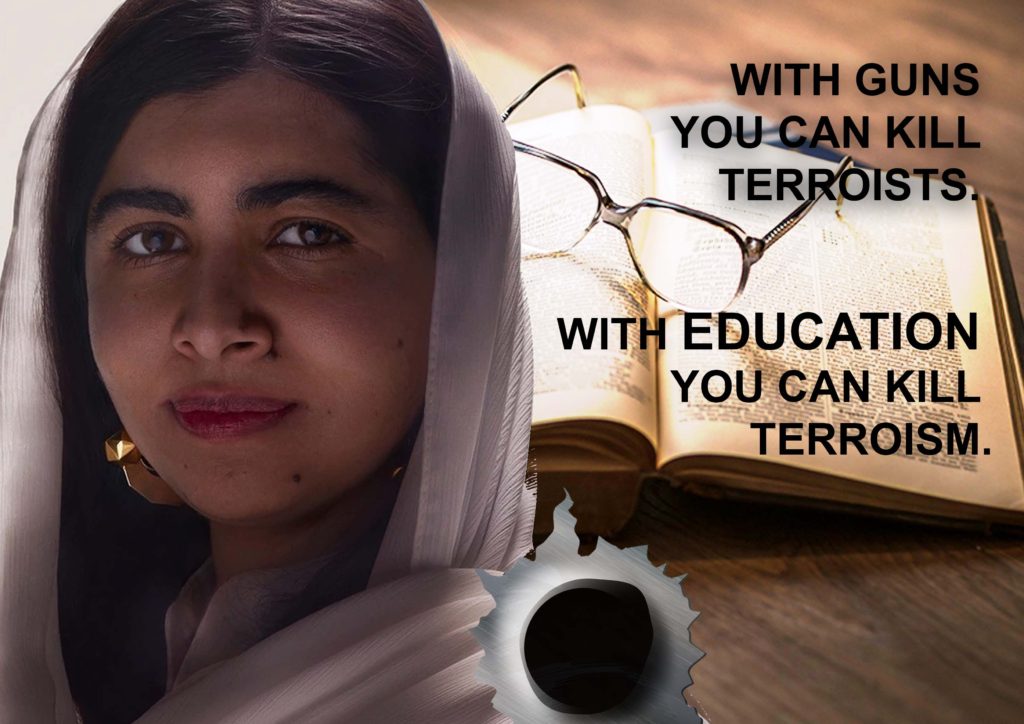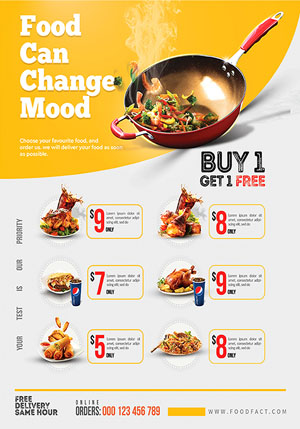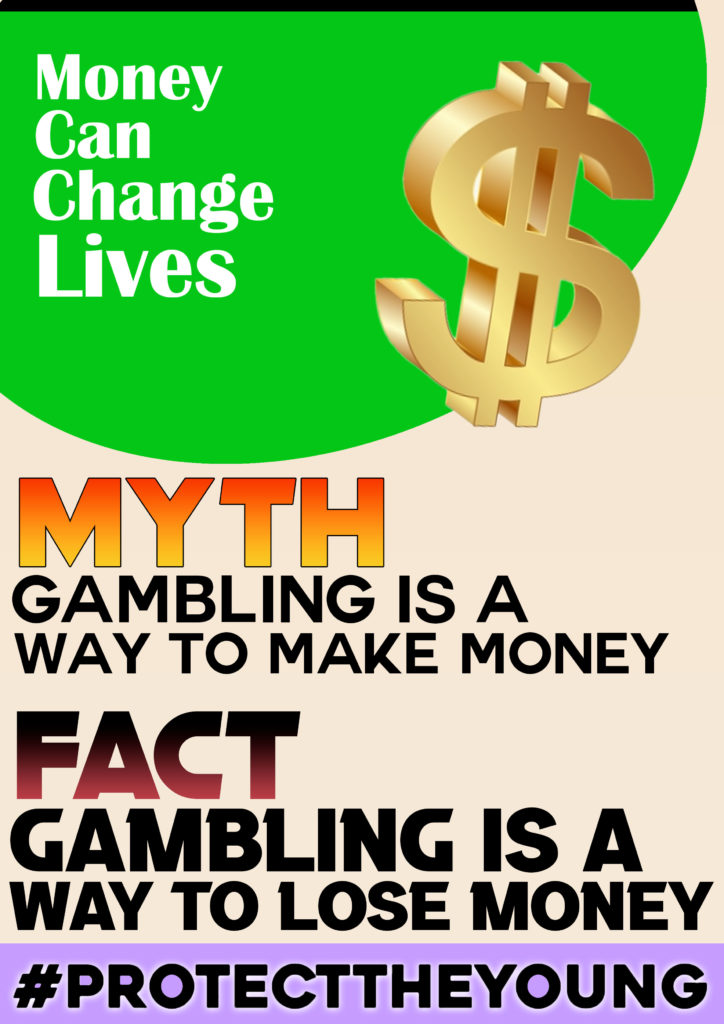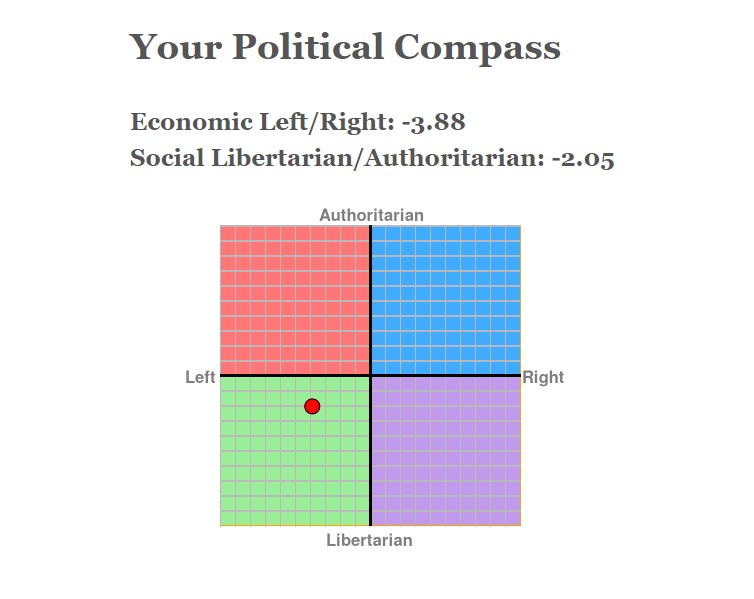I intend to make print campaigns to raise awareness of a media regulation issue – women’s right for education in developing countries.
I will make three products. Firstly, I will produce a social campaign, this will look like an Instagram post, it will have a #worldswomensrights, it will feature a main picture emblematic of my campaign of an African woman with a google search bar edited over her face with the words typed ‘women should stay at home’, ‘women should not work’, ‘women need to know their place’ and lastly, ‘women should not have rights’ over her mouth to indicate how women have had a lack of freedom of speech and have a right to a good education and to work. It will also have a username, it will also have all of the icons, logos, emblems that are associated with Instagram eg share, like button etc.
For my second, I will create a poster, which will be by Unicef. It will include a strapline, ‘Women’s Rights are Human Rights’, with the dominant signifier of an Asian women wearing a hijab as well as the Unicef logo.
For my third,
The audience for my products are sixth form and college students mainly from the ‘West’ as it is about raising awareness of what Jacques Lacan calls ‘The Other’. In fact, this campaign will help me to understand and engage with the concept of ‘Orientalism’ developed by Edward Said, which talks about how the West stereotype and caricature the East. So I will look to create positive countertypes and messages to support my ideas.
In terms of audience theory this is adopting what Paul Lazarfeld called the Two Step Flow theory which drew upon opinion leaders to alter perceptions and ideas.














